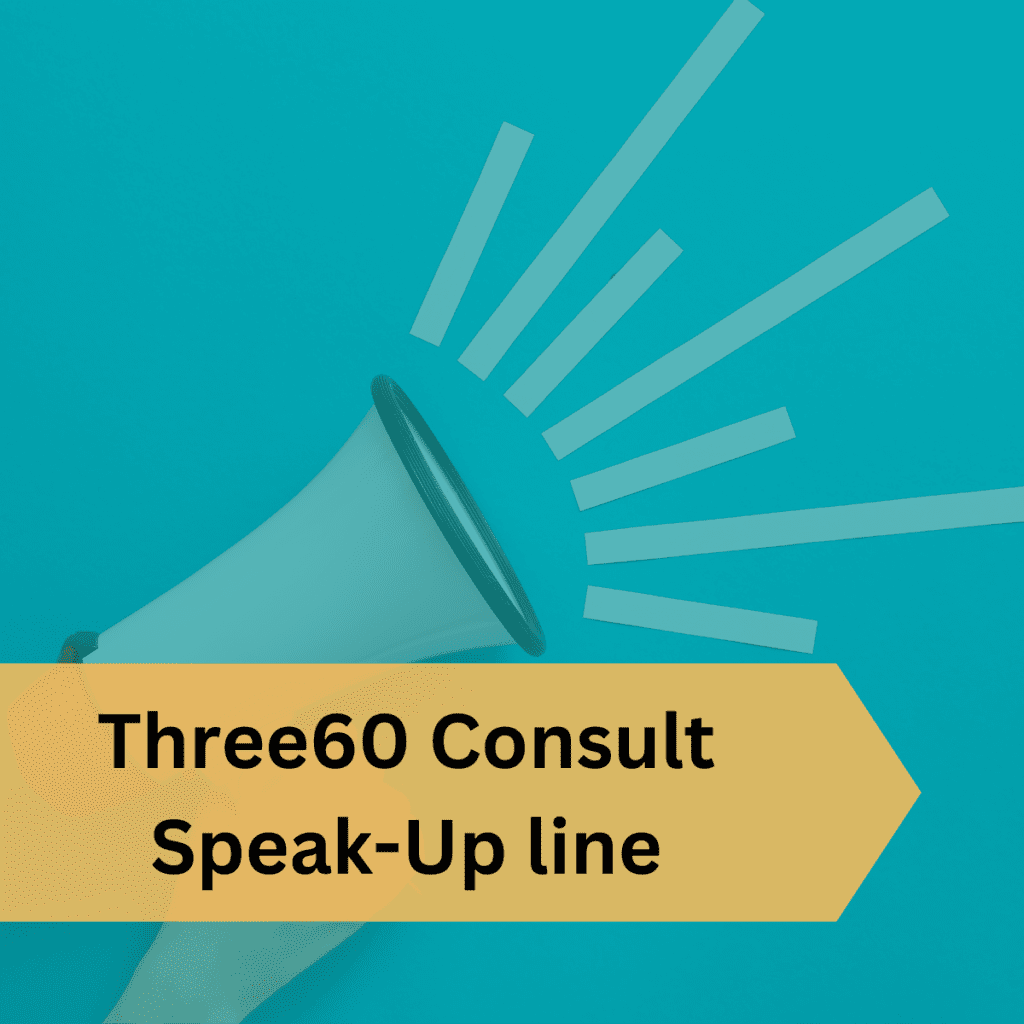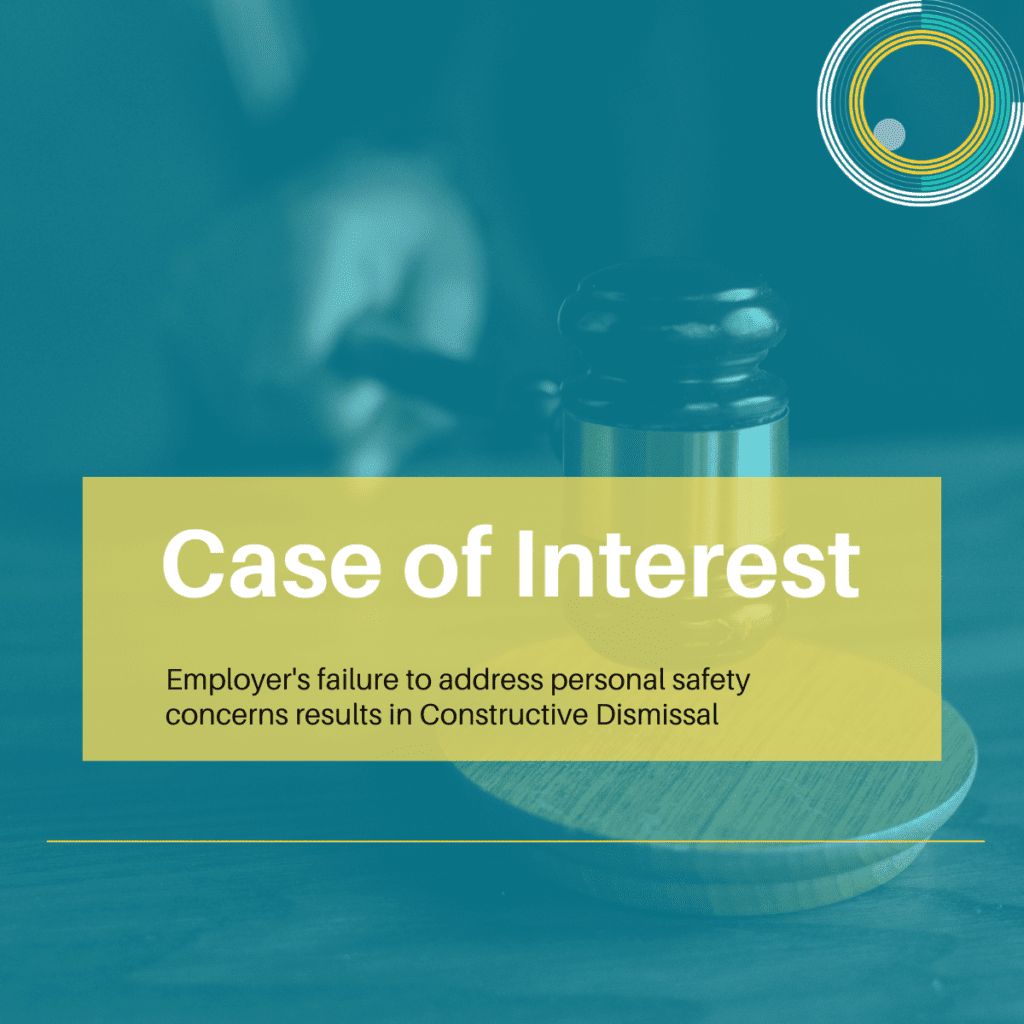There is a point at the end of most mediation sessions, usually after documents have been signed and water glasses and whiteboard markers are being cleared away, where one of the parties turns to someone, maybe the mediator or maybe one of their own support people, and says, “I’m so relieved.”
Their relief is not usually because they’ve somehow been proved ‘right’ or because they’ve cunningly negotiated themselves a lotto-sized payment. Their relief is because the conflict, which may have been part of their lives for weeks or months or years, has at last been played out and is finally, palpably, over.
Being part of a process which ends conflict – or even heals it – is a wonderful experience and like most mediators, I love these moments.
In his 2001 book ‘Mediating Dangerously’ (yes, it really is called that) Kenneth Cloke talks about ‘hidden issues’ lying beneath the surface of any conflict. He expresses one of these issues by posing questions –
What price are you paying for this conflict? How long do you intend to keep paying it? [1]
The price we usually pay for workplace conflict is anxiety. It’s a high price. Anxiety comes in many forms (anger, anyone?). It can be linked back to any number of conflict attributes. For one thing, what about the time all this conflict takes up? Anxiety – in this case the discomfort of active conflict – and relief from it, is part of what experienced mediators talk about as the rise of and fall of the dispute, or, if you like, the drama of the conflict.
‘Think about how you’ll feel when this is all over,’ we say to parties, hoping to encourage them to think about the third act of their drama; the moment when their conflict is finally resolved.
Resolution isn’t usually achieved as many might think, during the negotiating phase of the mediation session, vital though this stage of the process is. Mostly, it’s achieved during the joint session when the ability of the parties to really hear each other, in other words, the quality of their listening, is crucial.
‘We can encourage the parties to disengage their fight-or-flight responses, clear their minds of everything they think they know about the conflict and each other, and listen responsively and empathetically.’ [2]
Drama isn’t a word that fits well with our ideas of a properly run and high functioning workplace. “I don’t want any dramas,” is a fair-enough aspiration and one dear to most of us. But is it possible? Don’t human beings come pre-programmed with a certain amount of in-built drama? And once you have conflict – well, there’s a drama all of its own.
A few years ago, one of our blog posts said: Mediation can be a highly effective way to solve employment relationship problems. Properly utilised, it can mean real savings in time and legal fees, and helps avoid the stresses and disadvantages involved in escalating the dispute through to the ERA.
All this is completely true. Mediation can do these things and usually does. What the blog post didn’t mention, are the stresses that are already there in the room before anything else happens. It’s the lifting of those stresses and that psychological weight they cause that’s often the most powerful outcome of even a marginally successful mediation.
In thirty odd (and some were extremely odd) years attending mediations as a mediator and as an advocate, I’m happy to report that very few mediation sessions don’t include a moment of relief like the ones I’ve described. For the mediator and for the advocates, it’s a gratifying part of their work. For the parties it can be something even bigger; a moment of relief that transforms their conflict into something they’ve finally moved from their present into their past, letting them see into a future beyond it, at last .
Written by Evana Belich, one of our Mediators and Senior Associates.
[1] Cloke, Kenneth, ‘Mediating Dangerously’, Josey-Bass, 2001, page, 121
[2] Cloke again. As above.








